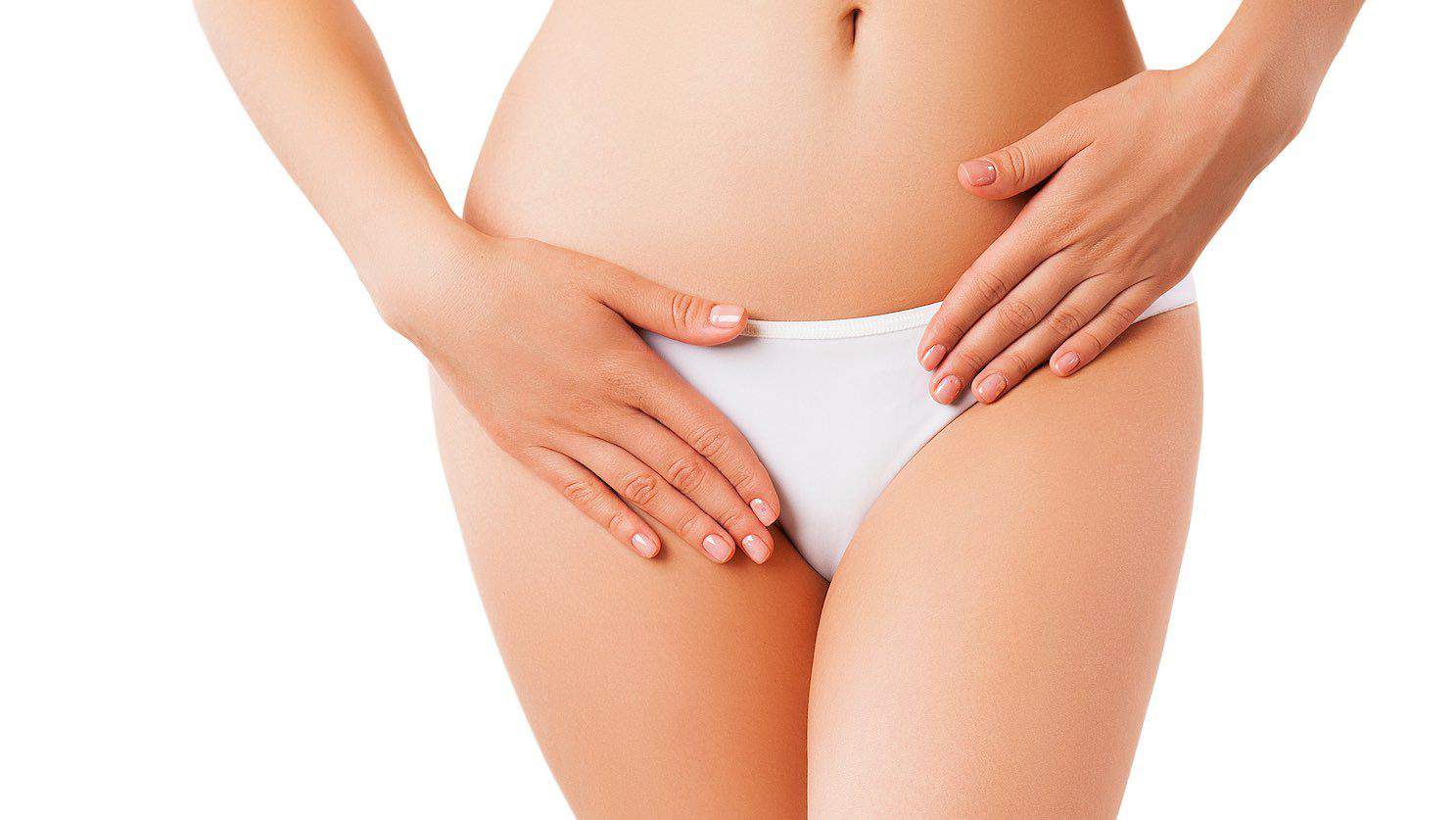When magazine and TV adverts trumpet that “you’re not getting older, you’re getting better,” many women want to say, “Tell that to my vagina!” Many sufferers of a condition known as vaginal atrophy feel that their best years are behind them, at least as far as their sexuality is concerned.
Fast Facts
- Like lasers used to renew and refresh other parts of the body, this genital laser treatment stimulates production of collagen, improves functionality and elasticity of the treated area and restores blood flow.
- This laser-assisted treatment is non-surgical and requires no anaesthesia.
- More than 45% of women over 40 experience symptoms related to vaginal atrophy.
That’s why we’re excited to share news about a newly available, minimally invasive tool called the MonaLisa Touch, helping women reclaim what they may have lost over time.
Laser Therapy
As reported in the Bangkok Post in October 2013, a revolutionary new tool “uses an innovative fractional CO2 laser with D-Pulse emission, specifically designed for (mucosal tone loss).” The laser acts directly on the mucosa of the walls of the vagina by stimulating the metabolic activation of the fibroblasts.
Like lasers used to renew and refresh other parts of the body, this genital laser treatment stimulates production of collagen, improves functionality and elasticity of the treated area and restores blood flow.
Is it right for you?
Most people suffering from symptoms relating to vaginal atrophy can be treated with the MonaLisa Touch.
There is no exclusion criteria for this treatment, other than those related to serious diseases and health conditions.
Vaginal Atrophy – It Comes with Age
Studies published in the Journal of Personality and Social Psychology show that women’s self-esteem peaks around the age of 60. At the same time, however, symptoms of vaginal atrophy conspire to rob them of that self-esteem, making them feel less womanly.
“As women age they will experience changes to their vagina and urinary system largely due to decreasing levels of the hormone oestrogen. The changes – which may cause dryness, irritation, itching and pain with intercourse – are known as vaginal atrophy, and affect up to 40% of postmenopausal women.” – Australasian Menopause Society
In-and-out
This minimally invasive laser-assisted treatment is not surgery. There are no incisions or sutures. No anaesthesia is required. As such, it may be performed in a medical practice (rather than a hospital) on an outpatient basis. Each session lasts less than fifteen minutes, and unlike hormone-based pharmacological therapies, it does not cause collateral damage to the body’s chemical balance. Unlike oestrogen creams and lotions applied internally where symptoms persist if the treatment is stopped, the results of this treatment are long lasting.
Doctors normally recommend a treatment plan that includes three sessions over a period of two or three months and then a maintenance treatment about once per year. Most patients experience noticeable results after the first session, including
- Reduced burning and itchiness
- Reduced pain during intercourse and better lubrication
- Improvement in urinary leakage and urgency
- Improvement in laxity and sexual sensation
Risk vs. Reward
There are minimal risks involved with this laser-assisted vaginal rejuvenation technique.
After treatment, women can return to all normal activities including work. The only exception is exercise and sexual activity. For the first 24 hours patients are advised to avoid intensive physical activities. It is also advised to avoid sexual activity for 5 days following the treatment. Apart from these two things, no other restrictions apply.
A small number of women (less than 5%) report mild discomfort in the first 24 hours but mostly there is no discomfort to be experienced at all.
Most patients find their symptoms have improved somewhat after the first treatment and vastly improved after the second or third treatment.

I have a monarch sling for urinary incontinence.Would this procedure be compromised by this/ Would I be prone to infection or would the treatment affect the sling?
I’m interested on the cost & would like to have seen the replies to the other ladies questions, perhaps they are private?
I would be interested to know the cost of the procedures and if it actually tightens things up ? Sorry, no nice way of putting it. Also can it be done on someone that has already had the other operation. I had my bowel and bladder put back in place and also my vagina.
Thanks,
Kay.
How much is the cost?